When people buy shoes, most of the time they just measure their foot length and width and try on a few pairs. But have you ever wondered why some shoes, even though marked with the same size, feel completely different when worn?
This is related to the complexity of foot shapes. Everyone's feet differ not only in length and width, but also in instep height, arch curvature, toe splay angle, and ankle position. Standard shoe sizes are only a rough reference and cannot meet personalized needs.
At this point, the foot 3D scanner comes into play. It can turn your foot into a "digital model," recording every measurement with millimeter-level precision, directly used for shoe customization, design optimization, and even health management. So, which industries are suitable for this high-tech device? Let’s discuss it in a straightforward way.
1. Custom Shoe Industry — Exclusive Fit, Exclusive Comfort
The most direct application is in custom shoes. Whether it’s sports shoes, high-end leather shoes, medical shoes, or hiking shoes, personalized foot shapes play a decisive role in comfort and health.
a. High-End Leather Shoes
Many office workers or business people often find their shoes “too loose if big, too tight if small,” which can cause bunions or toe compression over time.
A foot 3D scanner can accurately measure foot length, width, and instep height to generate a custom last. Shoes made this way fit like a tailored suit — both comfortable and stylish.
b. Sports Shoes
Running shoes, basketball shoes, hiking shoes, and football shoes all need to consider different foot pressure points.
The scanner not only measures length and width but also analyzes arch curves and plantar pressure areas, ensuring precise support points on the sole. This makes running easier, jumping more stable, and hiking safer.
c. Medical Shoes
Nurses, doctors, chefs, and other professionals often stand or walk for long periods, and ordinary shoes can cause foot pain or plantar fasciitis.
Using precise foot scan data, the shoe’s sole curve and last height can be customized, greatly improving comfort and foot health, reducing long-term standing strain.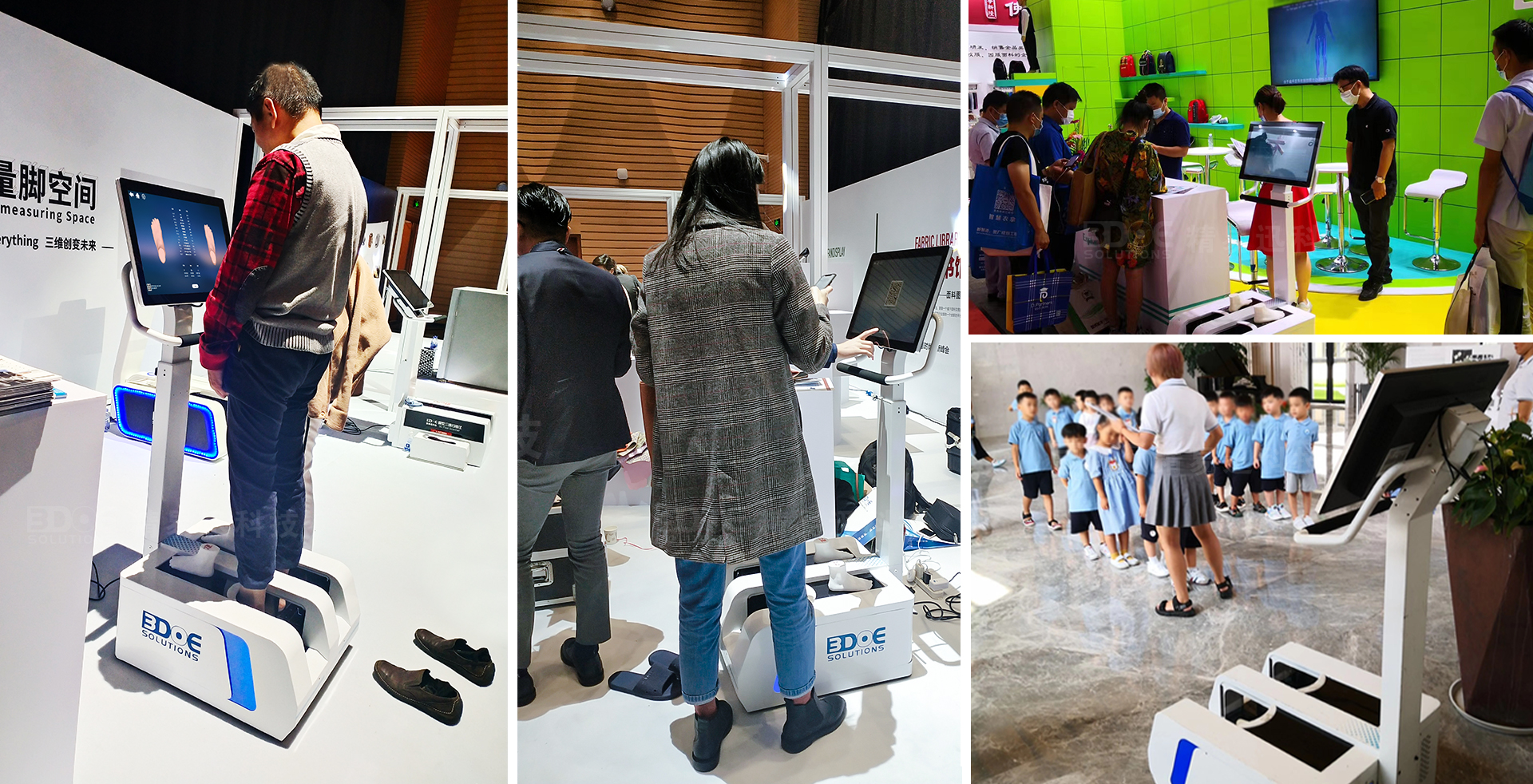
2. Sports Rehabilitation — Scientific Support, Injury Reduction
Foot scanning is increasingly important in sports rehabilitation.
a. Foot Rehabilitation
Many people have flat feet, high arches, or bunions. Ordinary shoes cannot fully accommodate them and may worsen the condition.
Through 3D scanning, therapists can accurately understand foot data and create corrective insoles or rehab shoes, supporting arches, adjusting pressure, and reducing injury.
b. Sports Training
Athletes’ foot pressure points, arch shape, and landing methods vary.
Scan data helps coaches and shoe manufacturers design personalized insoles or soles, improving training efficiency and reducing the risk of injury.
3. Health Management and Medical Industry — Prevention First, Scientific Analysis
Foot shape not only affects shoe comfort but also directly reflects overall health.
a. Elderly Foot Monitoring
Older adults are prone to foot swelling, plantar fasciitis, and joint wear.
Foot 3D scanning can regularly monitor foot changes, generate historical data, and alert doctors to abnormalities for timely intervention.
b. Diabetic Foot Management
Diabetic patients are prone to foot ulcers, and ordinary shoes cannot provide adequate protection.
Scanners can precisely measure foot shape and create custom pressure-relief or protective shoes, reducing the risk of ulcers and infections.
c. Foot Data Research
In the era of big data, hospitals or research institutions can collect large amounts of foot data with scanners, analyze differences across populations, study bone, joint, and movement habits, and promote health research.
4. Footwear E-Commerce and Retail — Digital Experience, Improved Efficiency
With the popularity of online shopping, customers cannot try shoes on, resulting in high return rates. Foot 3D scanners provide a new solution for e-commerce and retail.
a. Customer Self-Scanning
Customers can generate a personal foot model in stores or community centers.
The system recommends the best shoe size and type, reducing try-ons and returns and improving purchase success.
b. Data-Supported Mass Production
Retailers collect large amounts of customer foot data to analyze market demand. For example, if customers in a region generally have wider feet, manufacturers can adjust the last width to improve product fit and customer satisfaction.
5. 3D Printing and Smart Manufacturing — Digitally Driven, Customized Production
With the development of 3D printing, foot scanners have become a key entry point for smart manufacturing.
a. Custom Last Printing
Scan data directly generates a shoe last model, which can be produced via 3D printing for rapid customization.
b. Smart Upper Cutting
The shoe upper can be designed based on scan data, and automated cutting machines reduce human error, improving production efficiency and quality.
6. Education and Research — Scientific Teaching, Technological Innovation
Foot scanning technology is also applied in universities, research institutions, and sports labs.
In teaching, students can observe 3D foot models to understand foot structure, pressure points, and shape differences.
In research, large-scale foot data collection can study last design optimization, sports biomechanics, and ergonomics.
In sports research, scanning athletes’ feet helps optimize sole design and improve performance.

 +86-0755-86131192
+86-0755-86131192 2025-08-14
2025-08-14 Back to list
Back to list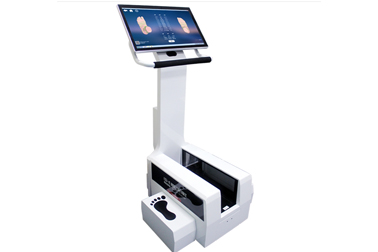
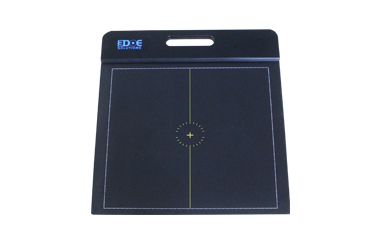
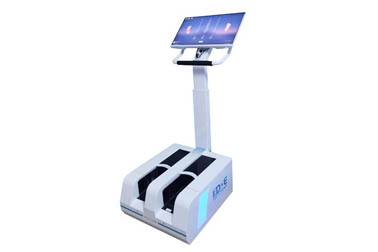
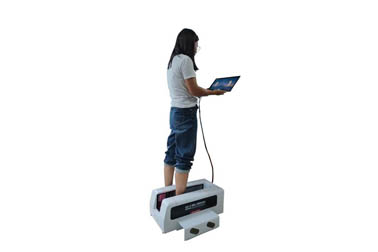
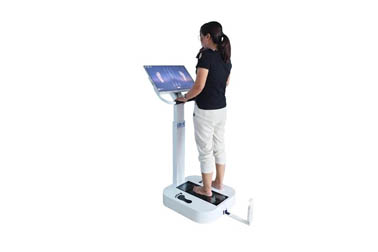
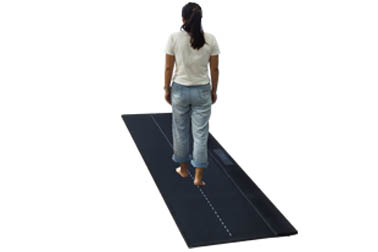



 +86-0755-86131192
+86-0755-86131192